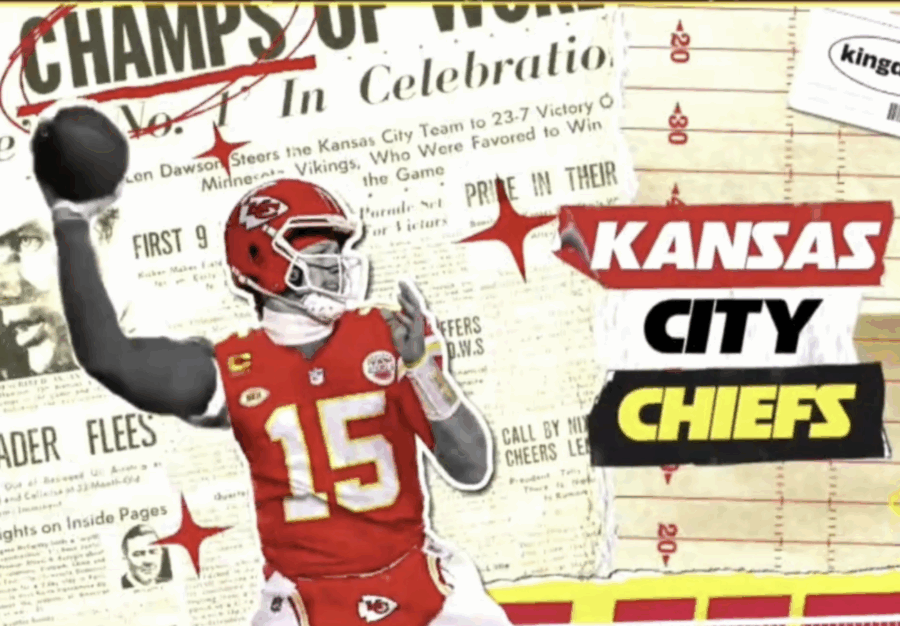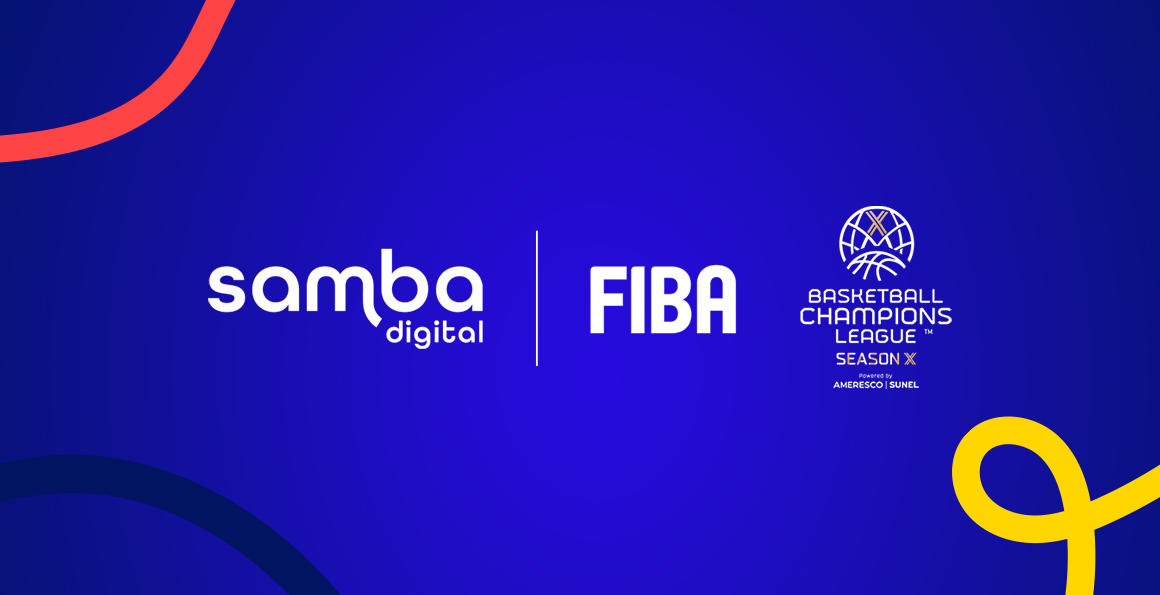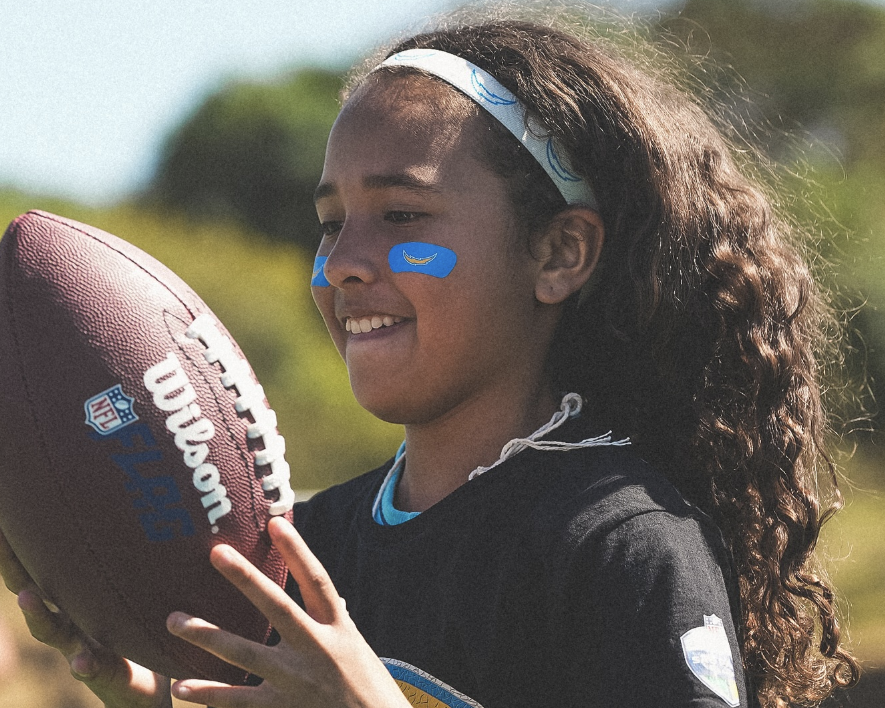Women’s Sports Still a Growing, Untapped Market in 2019
Marketing to women and women’s sports fans is not just about equality, it is simply good business sense. Not only are women making it known that they are tough, their purchasing power is also strong.
For some reason, it has taken time for many in marketing to tap into a demographic that makes up 51 percent of the world’s population. Those who are sports fans are supporting their favorite teams as energetically as their male counterpoints.
Marketing teams have begun to respond. Nike caught the attention of women across America during the Academy Awards with their “Dream Crazier” ad, narrated by Serena Williams. While the Nike commercial was not the first to capitalize on the rising voices of female empowerment, it did represent a fever pitch within sports.
The Nike ad was estimated to cost $2.6 million for 30 seconds, just a drop in the bucket for the world of global marketing. Yet, as of 2013, only $427.2 million was spent on global women’s sports sponsorship in a three-year span, compared to $106.8 billion on men’s sports according to Statista.
The lack of spending directly on women’s sports comes as a direct conflict with global opinion. According to Nielsen, 84% of general sports fans are interested in women’s sports in the United States, United Kingdom, France, Italy, Germany, Spain, Australia and New Zealand.
Those polled also view female athletes as more inspiring (36 percent compared to 26 percent of male athletes), progressive (32 to 17) and family-oriented (25 to 13).
The difference between public opinion and advertising dollars spent indicates that there is still a massive gap between who could effectively be marketed to, and who actually is. The preference towards female athletes in general indicates that plenty of effective spokespeople are going untapped.
Simply because these growing brands are those of women does not mean that these athletes are exclusively marketable to women. In the above Nielsen poll, 51 percent of those who answered were men. In a roundabout way, that number could show that the market for women’s sports could actually grow as more relatable athletes become marketed more efficiently.
With the Women’s World Cup approaching on June 7, 2019, the opportunity to reach a wide audience will be bigger than ever. Over 750 million tuned into the 2015 World Cup, and with the rising interest in women’s sports, the 2019 edition is sure to top those ratings.
Women of sports have become some of the most recognizable faces – and voices – in America. While Williams leads on an individual level, the U.S. women’s national soccer team (USWNT) is easily the most recognizable brand in American women’s sports. Of course, they one of the most successful, winners of three World Cups, including 2015.
One of four USWNT captains, Alex Morgan, is a marketer’s dream in herself. The 29-year-old forward boasts 5.6 million followers on Instagram, 3.56 million on Twitter, and 3.3 million likes on Facebook as of April 2019. Simply by utilizing the Orlando Pride standout, any brand looking to target women can instantly access a huge portion of that demographic.
Soccer and tennis have been the main draws of what advertising dollars are spent in America, but interest has risen greatly in alternative sports like action and combat sports.
18-year-old Olympic gold medalist snowboarder Chloe Kim was recently ranked by Hookit as being the most marketable female athlete. Because of Kim’s high rate of engagement on social media, her brand carries more value.
Buoyed by 2008 Olympic Judo bronze medalist Ronda Rousey, interest rose greatly in women’s mixed martial arts throughout her career. Upon her departure from the Ultimate Fighting Championship (UFC) in 2017, Rousey signed with World Wrestling Entertainment (WWE) soon thereafter. With the most decorated women in combat history in tow, the promotion featured the first women’s main event at its most popular annual event, WrestleMania, in April 2019.
Adding to the growing interest in women’s sports is the popularity of daily fantasy sports. In 2017, DraftKings and FanDuel, two leading companies in daily fantasy, each expanded to include the Women’s National Basketball Association (WNBA).
Other News

News Tank interview: “Samba will serve as a bridge between European clients and the US market”

Samba Digital teams up with the Houston Texans to elevate Somos Texans across the U.S. and Mexico

The Kansas City Chiefs win Emmy Award for “Viva Chiefs’ Kingdom”

Samba Digital announces a new collaboration with FIBA, BCL and BCL Americas

FINAL RESULTS AS OF JUNE 30, 2025 (6 MONTHS)

